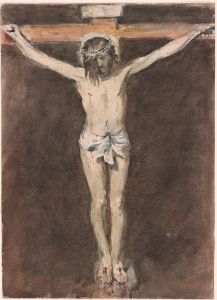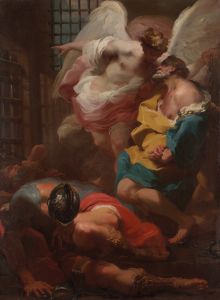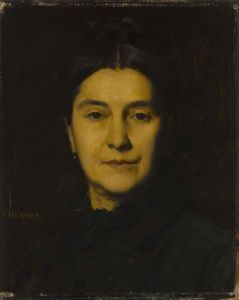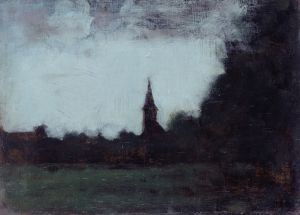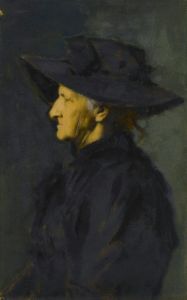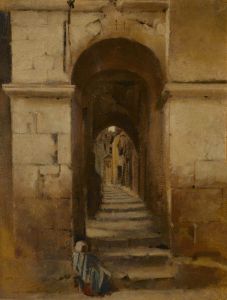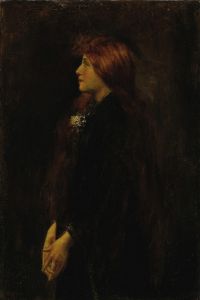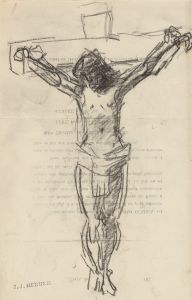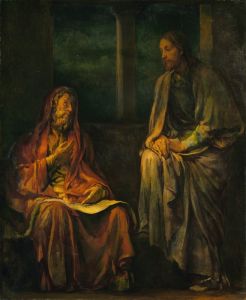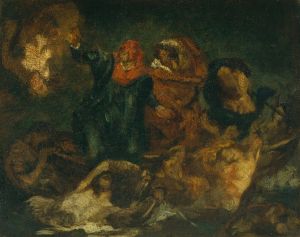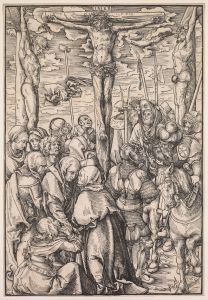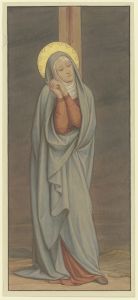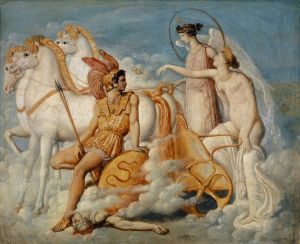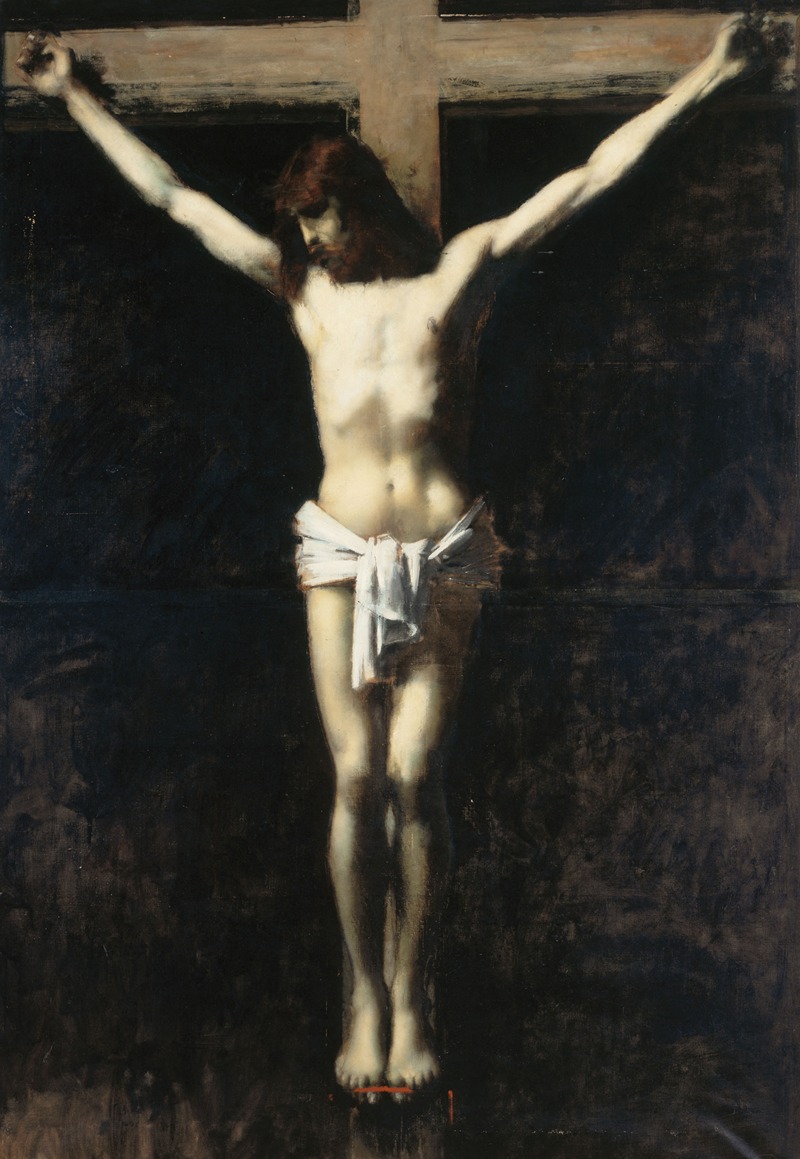
Christ en croix
A hand-painted replica of Jean-Jacques Henner’s masterpiece Christ en croix, meticulously crafted by professional artists to capture the true essence of the original. Each piece is created with museum-quality canvas and rare mineral pigments, carefully painted by experienced artists with delicate brushstrokes and rich, layered colors to perfectly recreate the texture of the original artwork. Unlike machine-printed reproductions, this hand-painted version brings the painting to life, infused with the artist’s emotions and skill in every stroke. Whether for personal collection or home decoration, it instantly elevates the artistic atmosphere of any space.
Jean-Jacques Henner's "Christ en croix" is a notable painting by the French artist, who was renowned for his mastery in depicting the human form and his use of chiaroscuro. Henner, born in 1829 in Bernwiller, Alsace, was a prominent figure in the 19th-century French art scene. He studied at the École des Beaux-Arts in Paris and was heavily influenced by his teachers, including Michel Martin Drolling and François-Édouard Picot.
"Christ en croix," which translates to "Christ on the Cross," is a poignant representation of the crucifixion of Jesus Christ, a central theme in Christian art. Henner's interpretation of this subject is marked by its emotional intensity and the delicate handling of light and shadow, which are characteristic of his style. The painting captures the moment of Christ's suffering and death, emphasizing the physical and spiritual agony of the event.
Henner's approach to the subject is both reverent and humanizing. The figure of Christ is rendered with a remarkable sense of realism, highlighting the anatomical precision and the expressive power of the human body. The use of light in the painting is particularly striking; Henner employs a dramatic contrast between the illuminated body of Christ and the darker background, creating a powerful visual impact that draws the viewer's attention to the central figure.
The background of the painting is kept relatively simple, which serves to focus attention on the figure of Christ. This simplicity also enhances the dramatic effect of the composition, allowing the viewer to contemplate the significance of the scene without distraction. Henner's use of color is subdued, with a palette dominated by earthy tones and the stark whiteness of Christ's body, which stands out against the darker hues.
Henner's "Christ en croix" reflects his academic training and his ability to convey deep emotion through his art. The painting is a testament to his skill in capturing the human form and his sensitivity to the spiritual dimensions of his subjects. It is also indicative of the broader trends in 19th-century French painting, where artists sought to combine technical proficiency with expressive content.
The painting is part of Henner's broader body of work, which includes numerous portraits, nudes, and religious scenes. His oeuvre is characterized by a consistent focus on the human figure and a meticulous attention to detail. Henner's work earned him considerable recognition during his lifetime, including the prestigious Prix de Rome in 1858, which allowed him to study in Italy and further refine his artistic skills.
"Christ en croix" remains an important example of Henner's contribution to religious art and his ability to convey profound themes through his distinctive style. The painting is held in high regard for its technical excellence and its emotional depth, making it a significant piece in the history of 19th-century French painting.





